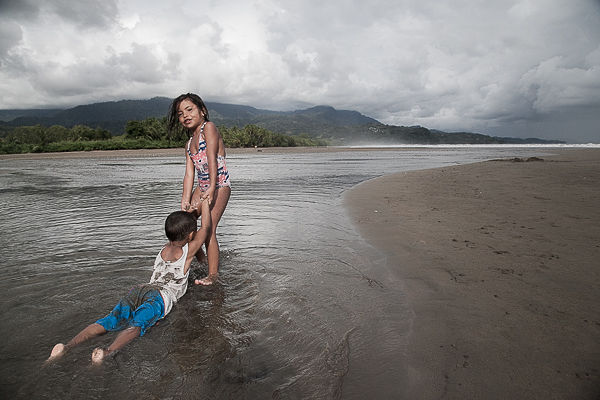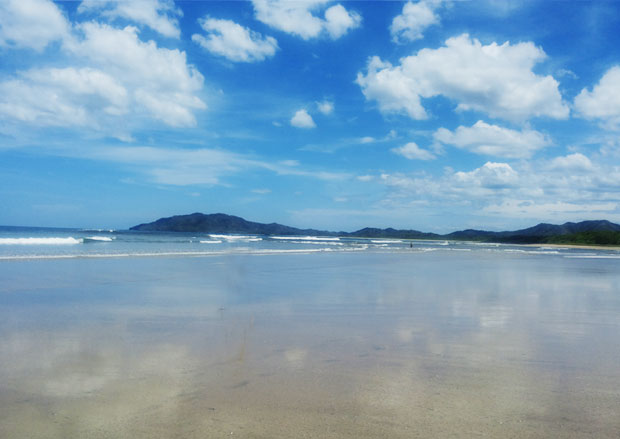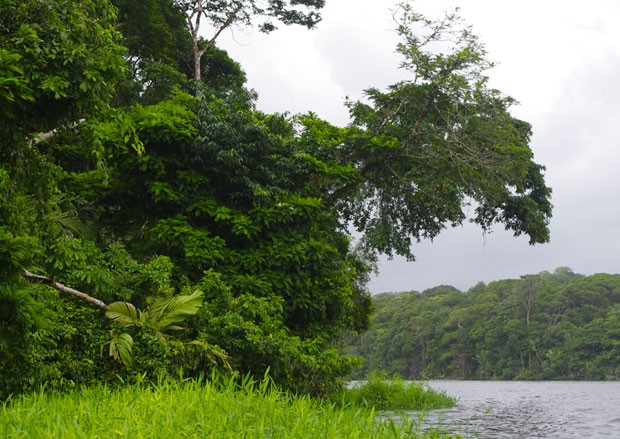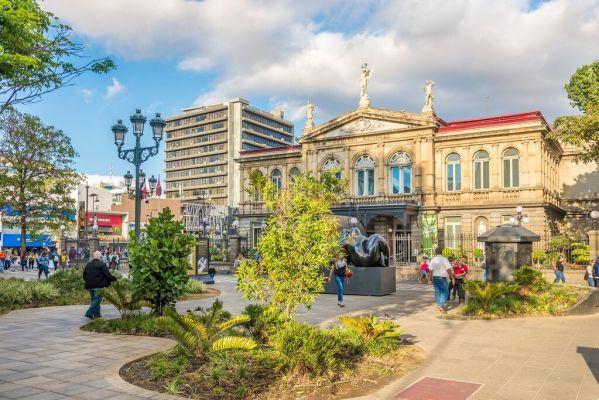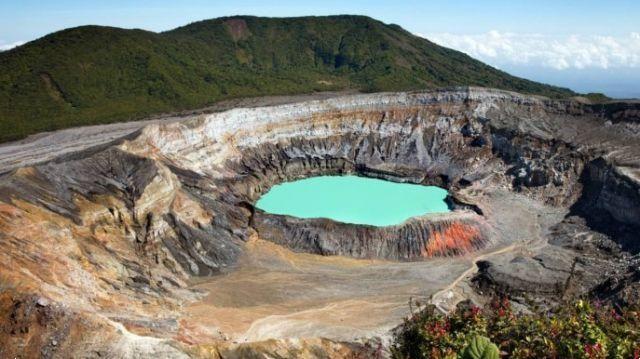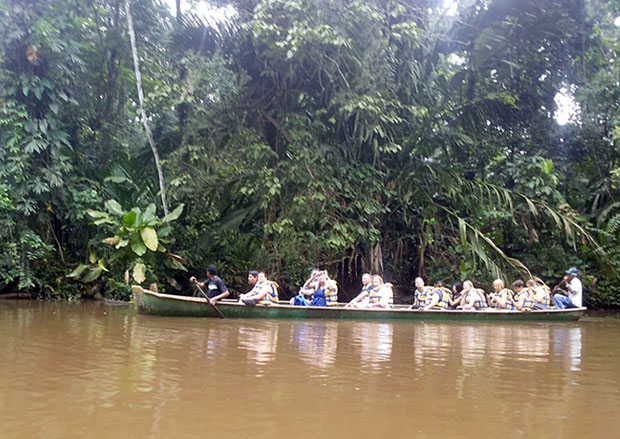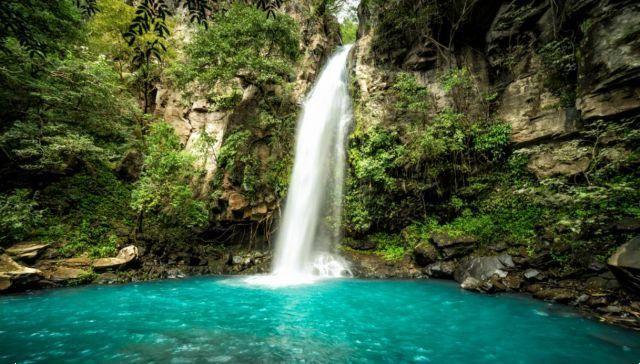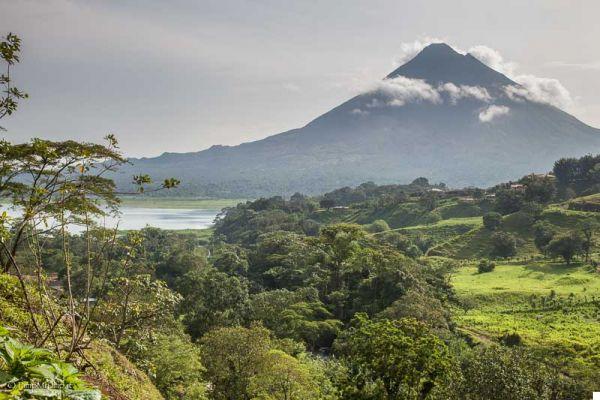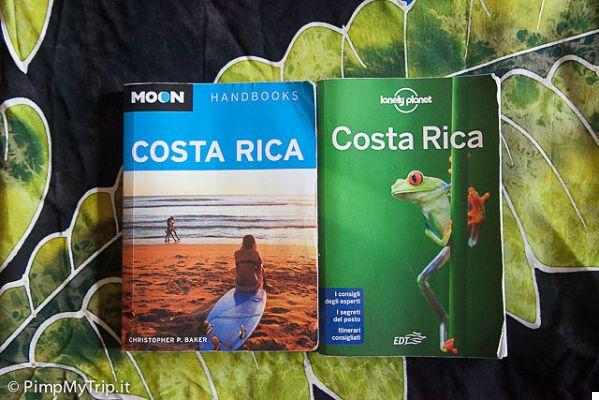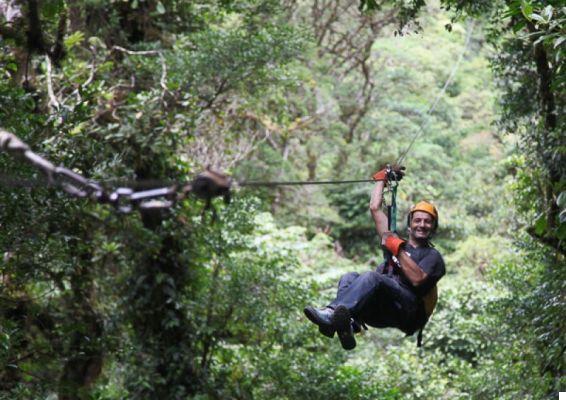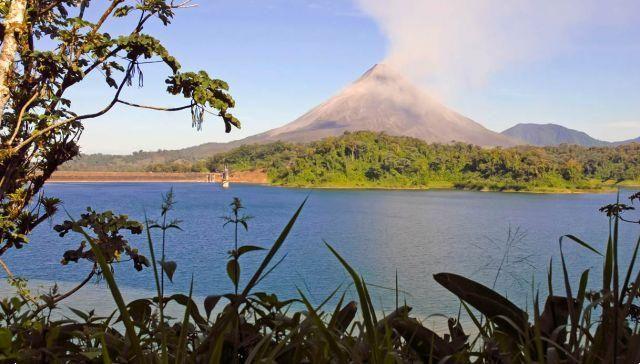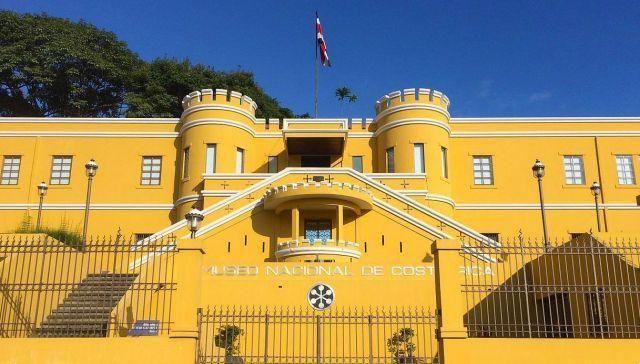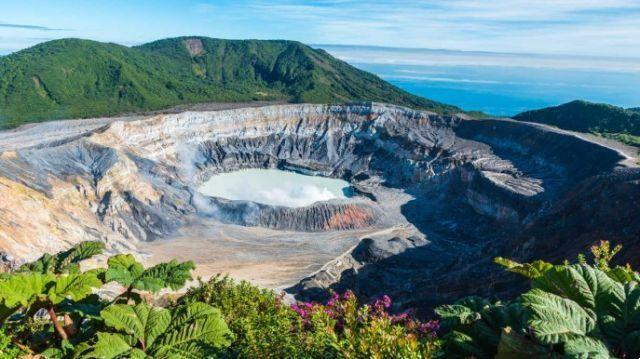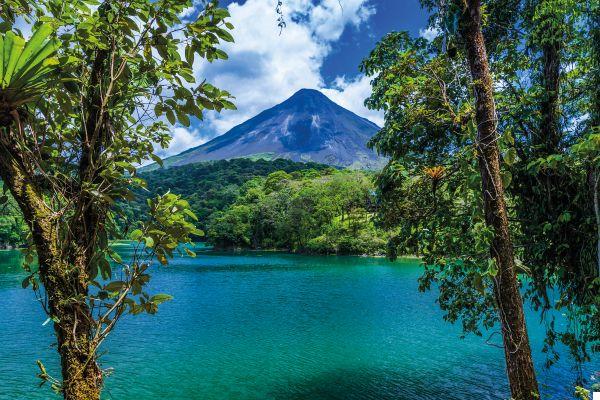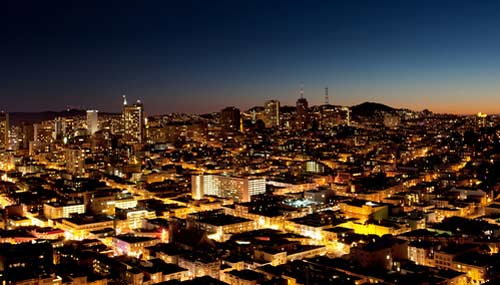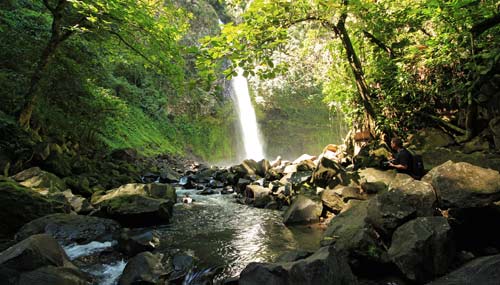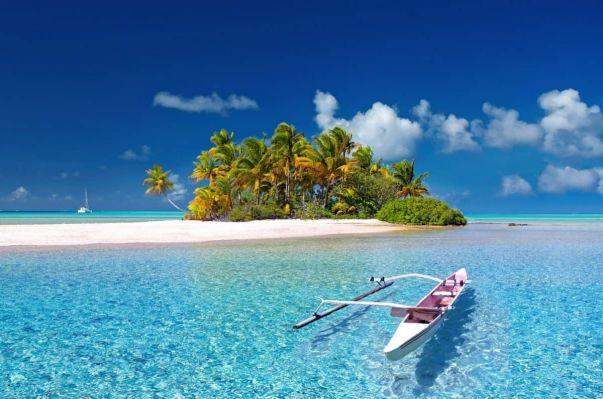 Costa Rica is certainly a very particular state, which reserves many surprises for tourists. Let's see together what they are
Costa Rica is certainly a very particular state, which reserves many surprises for tourists. Let's see together what they are
Costa Rica it is a heavenly destination, particularly suitable for all those who would like to leave behind both the turbulent vicissitudes of the daily routine and the unbearable cold of the typical winters of North America and Europe. Unlike what happened in other Central American countries, Costa Rica has not had political problems, has been free to develop in the best possible way and is open to Western tourist flows long since. This has contributed to the evolution of the infrastructure and various Costa Rican systems, which are now among the best in the region. Winter tourists consider it a true Central American jewel. An oasis of peace and tranquility in the midst of less peaceful states. Constant Costa Rican political stability has contributed to increasing, over time, the services reserved for the flow of travelers in search of winter warmth.
However, the attractions of Costa Rica certainly do not end at the tranquility of the place. This country is one of the most beautiful naturalistic states. Many animal species live here. There is great diversity in both fauna and flora. The flower heritage of Costa Rica is unique in the world, while the animal protection program, developed by the local authorities, always attracts many tourists eager to discover the animal kingdom of this particular state. All successive Costa Rican governments over the past decades have worked hard to keep it stable the image of Costa Rica in the world, and looking at the results they certainly succeeded. The tourism sector, in fact, is one of the main sources of money for this state.
Furthermore, thanks to the constant work carried out, the tourist impact on the surrounding environment is minimal and does not influence at all the way in which the fauna and flora grow. Thus one arises partial uncontamination and coming into contact with Costa Rican nature it will seem as if it has never been touched by the hand of man. The locals are very open and friendly. They often give little ones as gifts craft items to tourists coming from Europe. Although the influences of Catholicism have partly canceled the old shamanic traditions typical of the place, the citizens of Costa Rica still produce a vast range of amulets and talismans to protect themselves from evil spirits, and some of these are given as gifts to European travellers. And if you wanted to speed up your holiday a little, you could buy a surfboard and set out to conquer the waves.
Costa Rican beaches are very similar to those of other industrialized countries in the world. The local beach clubs offer a wide range of services, while prices are significantly reduced compared to their Italian equivalent. Discovering local customs and traditions, you cannot forget to taste the typical local rum. This alcoholic drink is produced in Costa Rica following rules centuries-old traditions and it has a very particular taste. Fortunately, the country is open to European tourist flows: Italian citizens can enter this place without a visa and stay on the territory of this Central American state for a maximum of approximately 90 days.
However, you must still present the passport of an Italian citizen valid for at least 6 months to the customs officials check-in date to Costa Rica and the return flight ticket, or the onward journey to other destinations. To best discover this state, we recommend arriving between the last weeks of December and the first weeks of April. The high tourist season here is winter. The Costa Rican beaches they are affected by many travelers who have escaped from the cold of Europe and that of North America. However, it must be considered that in winter the prices are very high, the hotels are almost all occupied and the beaches are very crowded. Tourist interest in this state drops towards the end of February.
Le tourist attractions Costa Rican are divided into purely naturalistic ones and cultural ones. Of the natural places to see, the Arenal volcano stands out, located in the north-east of San Jose, the capital of Costa Rica. The volcano is active and its temporary eruptions contribute to changing the quality of the surrounding soil. The entire Arenal area is surrounded by a natural park where you can admire flowers without equal in the world. Not very far from the volcano there are also spas with water enriched with sulphates. You can relax at night, watching the volcanic activity. In Costa Rica there are other very suggestive natural areas, but if you were looking for an educational holiday, you could visit the National Museum located in the historic center of San José. This museum houses many interesting objects, coming from a not too distant past.





